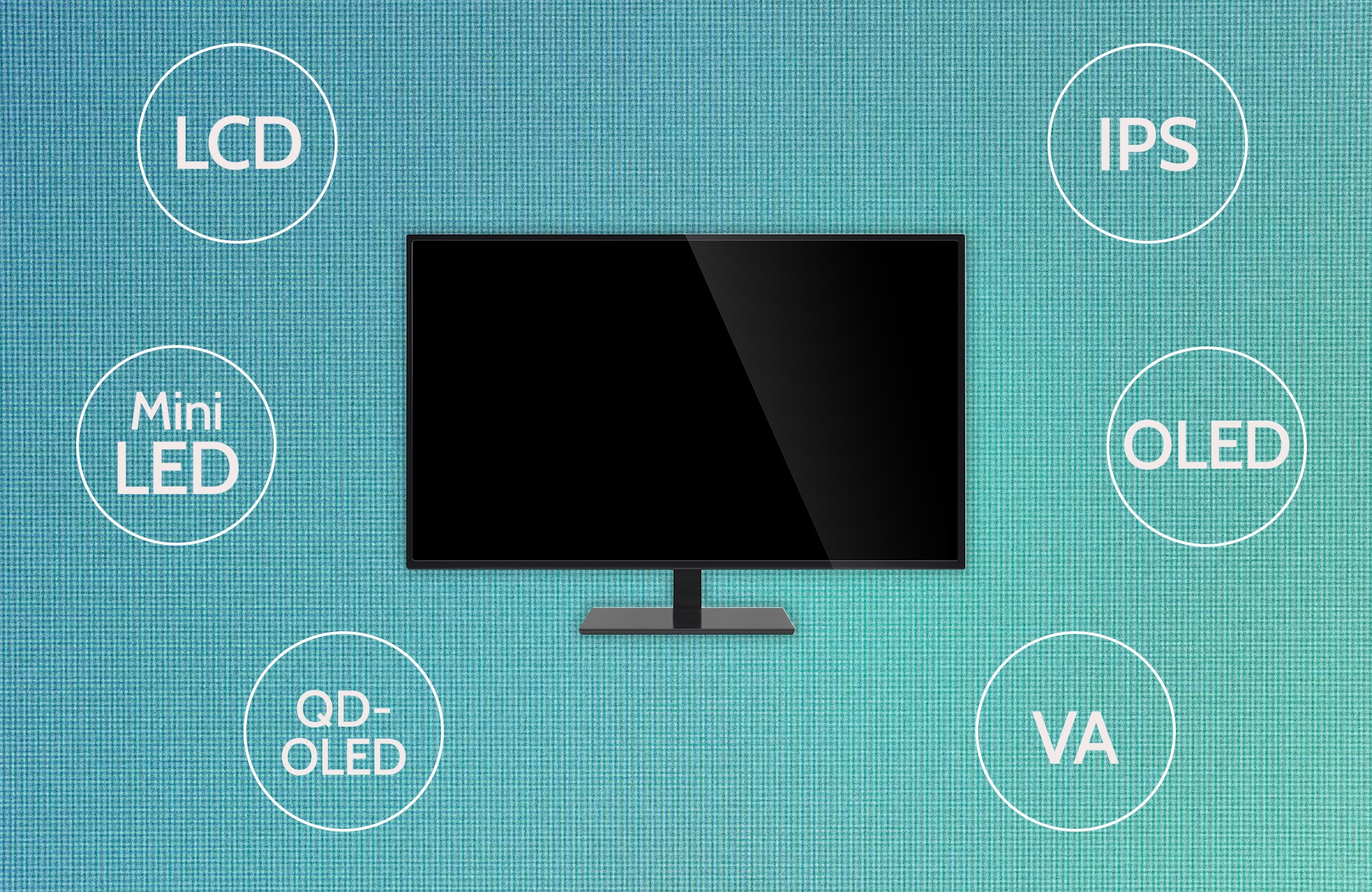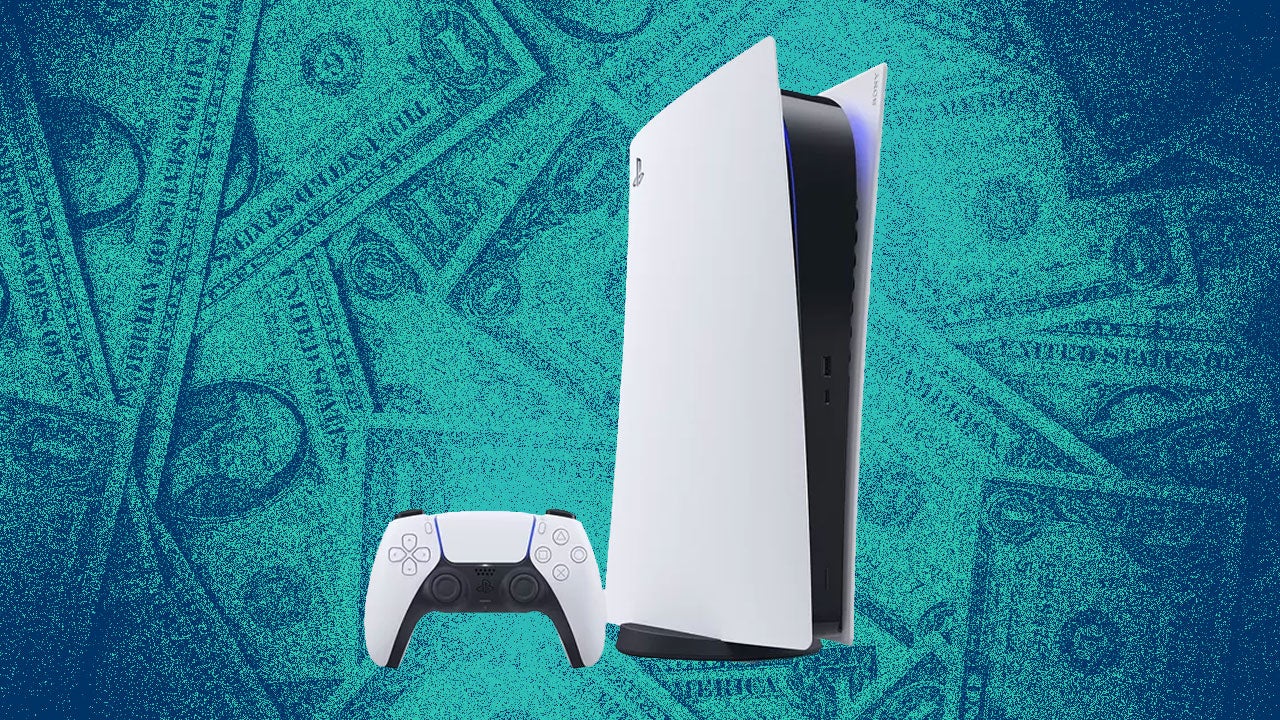When the Asus ROG Ally launched in 2023, PC gaming handhelds were just starting to build off of the success of the Steam Deck. Handheld gaming PCs existed before the Steam Deck, of course, but it’s only recently that they’ve become a mainstream mode of playing PC games. And while we’re still waiting for a new AMD Z-series chip to fuel the next generation of these devices, the Asus ROG Ally X is easily the best Windows 11-based handheld gaming PC you can buy right now.
Because while the Asus ROG Ally X is still using the same AMD Z1 Extreme chip found in the original Ally and the Lenovo Legion Go, Asus has added a much more robust cooling system, a bigger battery, and an additional 8GB of RAM that really take the system to another level. It isn’t without its drawbacks, though. Windows 11 on a touch screen is still terrible, and while Asus’ solution does work most of the time, it still has its finicky moments.
Asus ROG Ally X – Design
On the surface, the Asus ROG Ally X looks almost identical to the original ROG Ally, albeit a bit thicker and with a black colorway. Look a little closer, though, and you can see just how much has changed. The top of the chassis has an additional exhaust, the buttons on the back of the device are smaller and more comfortable, and Asus got rid of the weird ROG XG port that only two people were ever able to actually use – replacing it with a second USB-C port. It’s like Asus took everything that held the original back from greatness and just got rid of it.
The Asus ROG Ally X measures 1.45 inches at its thickest point, compared to 1.28 inches for the original ROG Ally. Asus uses that extra room to add in extra cooling, primarily an air channel that diverts hot air from the display and out through the back of the device. To facilitate this, a new exhaust port that sits between the volume rocker and the mini-SD port was added. That means you now have three exhaust ports on the top of the device, spitting out hot air and keeping things cool – and it works.
Even after playing games on the Asus ROG Ally X for hours, the touch screen stays extremely cool to the touch. On the old model, having to switch games after a long session was uncomfortable due to how hot the touch screen would get, and that just doesn’t happen on the ROG Ally X. The only time I really felt heat coming off this handheld is when I was trying to mess with the buttons on the top of the device.
Luckily, the buttons at the top of the device are limited enough that you won’t be messing around with them too much. You have a combined power button and fingerprint reader, along with the volume rockers. These buttons are accompanied by a micro-SD card reader, a headphone jack and two USB-C ports right next to each other. I love that Asus added a second USB-C port, but I’m not sure why it decided to place them right next to each other, instead of having one on the bottom of the device, like the Lenovo Legion Go.
The buttons on the front of the Ally X are mostly standard Xbox buttons. However, beneath the Menu and View buttons, you’ll find proprietary buttons that open the ‘Command Center’ on the left and the Asus Armoury Crate SE app on the right. The Command Center is an overlay that’ll let you quickly mess around with settings while gaming, and it comes in clutch when you need to bring up a keyboard or force quit a game that’s acting up.
You can launch your games from the Armoury Crate app, but that program is also how you can customize your Ally X to fit your own needs. For instance, each button on the device – except for the power and volume buttons – can be programmed to your heart's content. But even if you don’t want to mess with the settings, the default controller settings do make navigating Windows 11 a little easier. The Asus ROG Ally X gets around the clunky nature of using a touchscreen by having the right analog stick act as a pointer, and having the right bumper and trigger act as left click and right click, respectively. This makes navigating the system much easier, and is a must when you’re navigating apps that aren’t built for controller support like the EA app or the Epic Games Store.
Below the buttons on either side of the Ally X are the speakers. Asus claims they’re louder than the last generation, and they are, but not so much that you’ll ever notice the difference. What’s important is that they don’t sound like shit when you’re shooting or blowing things up. Luckily, the speakers are paired with the same awesome display as the first ROG Ally. It’s a 7-inch 1080p IPS display, clocking in at a 120Hz refresh rate, making it a perfect fit for the device, as you wouldn’t be able to push higher resolutions anyway. The display is rated to handle 100% of the sRGB color gamut, and coupled with a peak brightness of 500 nits, games look incredible, even when you’re in a brightly lit room.

Asus ROG Ally X – Performance and Specs
On paper, it doesn’t seem like the Asus ROG Ally X is that much of a bump over the Asus ROG Ally we reviewed back in May 2023. It’s still using the same AMD Z1 Extreme SOC (System on a Chip), but Asus paired it with 24GB of LPDDR5 RAM, clocked in at 7,500MHz, up from 16GB at 6,400MHz. Having both more and faster memory is a godsend for the Ally X’s gaming performance.
Throughout our testing suite, the Asus ROG Ally X absolutely smoked the last-generation model, particularly in games that are starving for memory bandwidth. In Hitman 3, for instance, the ROG Ally X scores an average of 55 fps at 1080p, compared to 48 fps with the original Ally. That’s a sizable 14% jump in framerate, considering it’s running on the same SoC.
In Cyberpunk 2077, the gap is even bigger, with the ROG Ally X scoring 31 fps over the 27 fps scored by the Lenovo Legion Go, which is also using the Z1 Extreme chip. The faster and more capacious memory package in the Ally X accounts for a 14% jump in performance. This makes the ROG Ally X the first handheld gaming PC that can play Cyberpunk 2077 at 1080p with ultra settings, while still getting a playable frame rate.
The ROG Ally X cleans up when it comes to synthetic benchmarks too. In the 3DMark Time Spy which tests DX12 gaming performance, the Ally X scores 3,346 points to the Legion Go’s 2,775, marking a 20% jump in performance. In the older Fire Strike test, the Ally X scores 7,187 points to the Legion’s 6,895, making for a more narrow 4% lead.
Compared to other handheld gaming PCs out there, the Asus ROG Ally is the best positioned to play the latest AAA games at high settings, and it comes down to having more and faster memory. Now, if we could just get a handheld that runs on GDDR6X instead of LPDDR5, we could see the numbers go even higher, but that’s not going to happen any time soon.
Helping out gaming performance even more is the suite of performance enhancements that come from running Radeon graphics. Radeon Super Resolution and FidelityFX Super Resolution (RSR & FSR) are fully supported here. In most games, lowering the resolution down to 800p and turning on RSR is an easy way to boost your gaming performance. There’s a bit of a decrease in image quality, but you’re probably not going to notice on a 7-inch display.
Asus has also doubled battery life. The ROG Ally X now has an 80 WHr battery, up from the 40WHr battery in the original ROG Ally. In the PCMark10 battery test, which simulates all kinds of workloads from gaming to video conferencing, the Asus ROG Ally X lasted a whopping 9 hours and 23 minutes. Compared to the 4 hours and 53 minutes scored by the Legion Go in the same test, that’s a massive increase. Now, this is a gaming device, but even after playing Yakuza 0 at 1080p and with the brightness set to around 80% I was able to get a good 3-4 hours in.
What’s even more impressive is that I can put the ROG Ally X into sleep mode by hitting the power button while it's running a game, and when I pick the system back in the morning it has virtually the same battery level. If I try this with the Legion Go, it's dead in the morning more often than not.

Windows Needs to Change
If the Asus ROG Ally X proves anything, it’s that once-niche handheld gaming PCs are here to stay. And while the Steam Deck is easier to use than any of the handhelds that run on Windows 11, the vast majority of these systems – that is, all of them other than the Steam Deck – are going to be running on Windows 11. That’s awesome, I love gaming on Windows, but Microsoft really needs to take a second look at the desktop OS’s operating system, and particularly how it works with a gamepad.
Asus, Lenovo and Ayaneo have all created little systems by which you can more easily navigate Windows, and have made great strides to making the operating system more usable on these small devices, but there’s still fundamental wonkiness to using a touchscreen or a controller to navigate Windows. Third party manufacturers like Asus will continue improving their software suites to compensate, but the weight falls on Microsoft here, and the Xbox Series X shows that Microsoft can absolutely implement a controller-friendly UI to what is essentially a closed-off version of Windows.
In the week I’ve spent with the Asus ROG Ally, the only pain point has been getting around the operating system. When I was setting the system up, I even plugged in a keyboard and mouse just to be able to quickly install everything I needed to. At this point, the only thing the Steam Deck has over the Asus ROG Ally X or the Lenovo Legion Go is the operating system. Valve’s handheld is extremely easy to pick up and play, thanks to SteamOS, which is a version of Linux the company has been quietly plugging away at for more than a decade. A version of Linux that locks you into using Steam unless you delete the whole OS and install Windows instead.
The fact is, if you want a handheld gaming PC that’ll run all of your PC games right out of the box, you’re going to need one of these Windows devices. The Asus ROG Ally X is the best one right now, but it can still be a pain to use.









